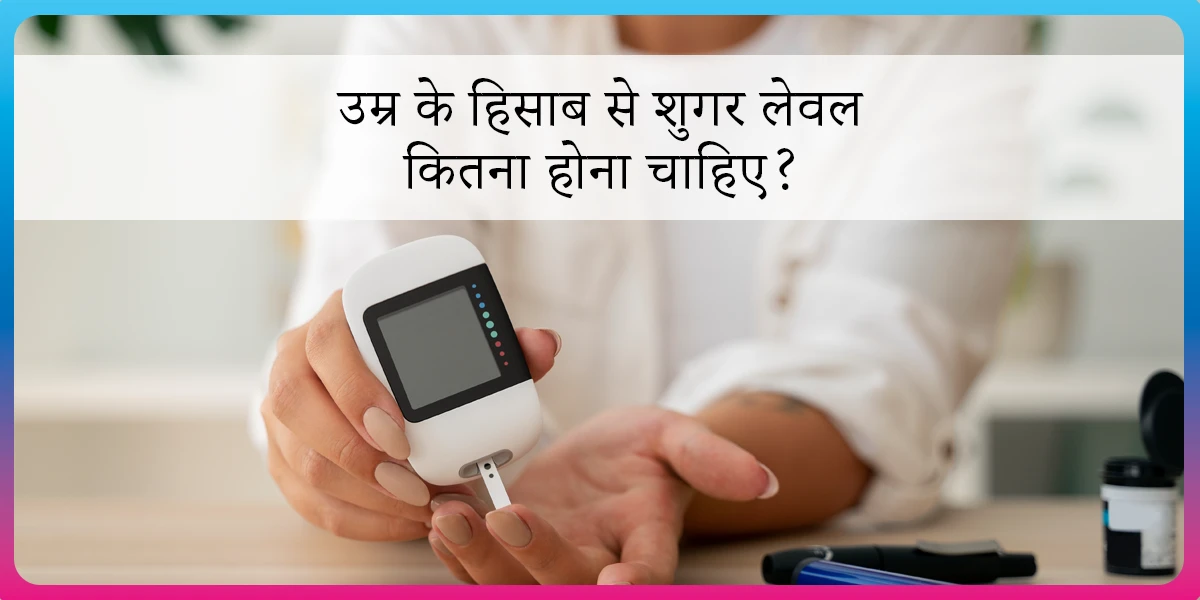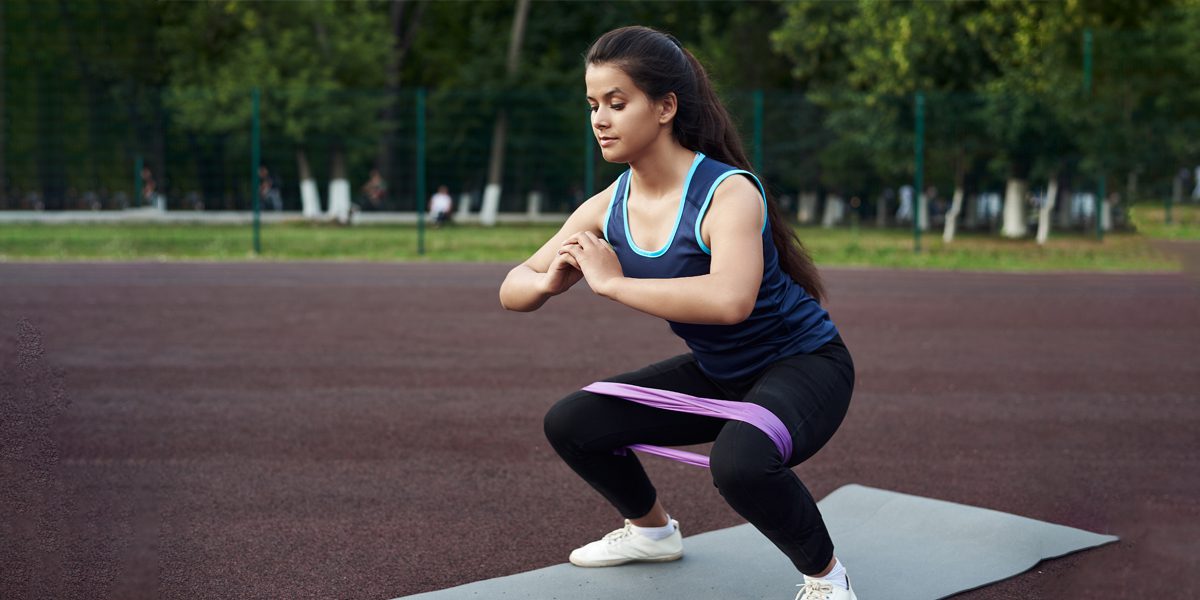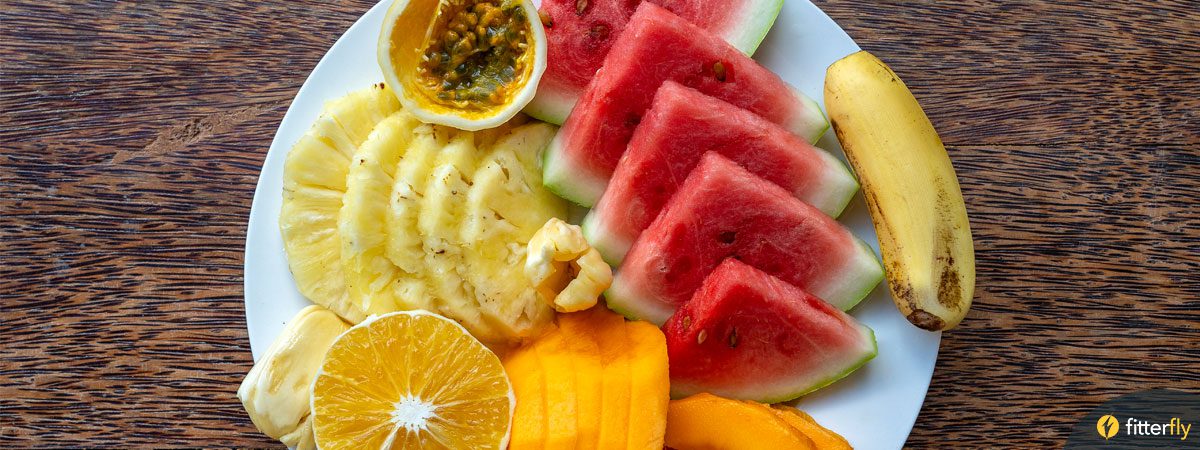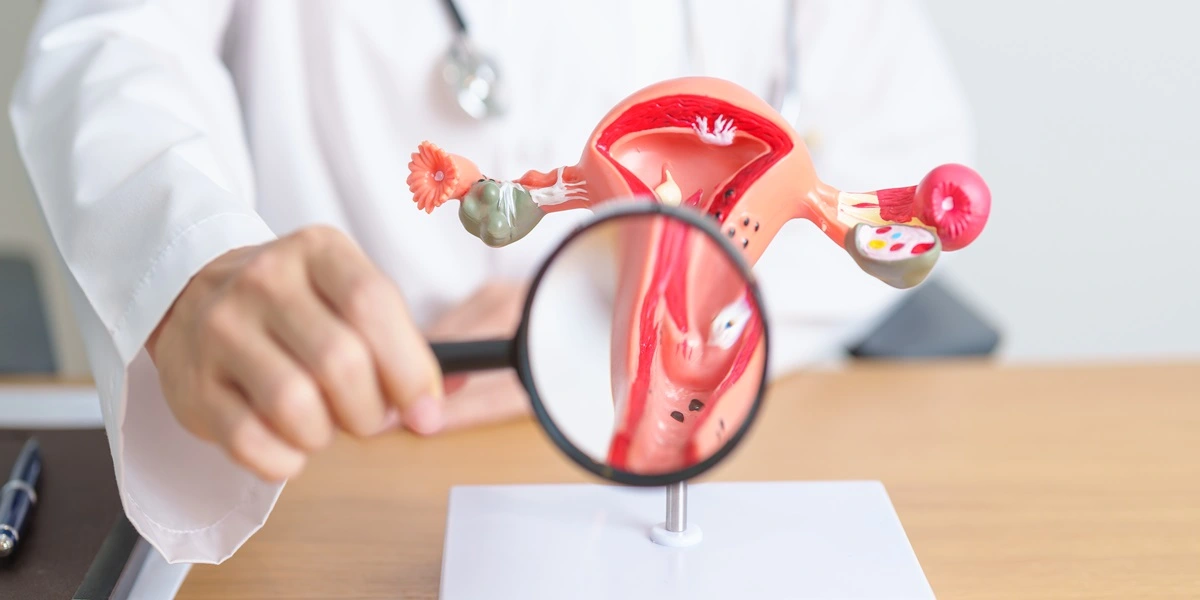Glycemic Index Chart of Indian Foods
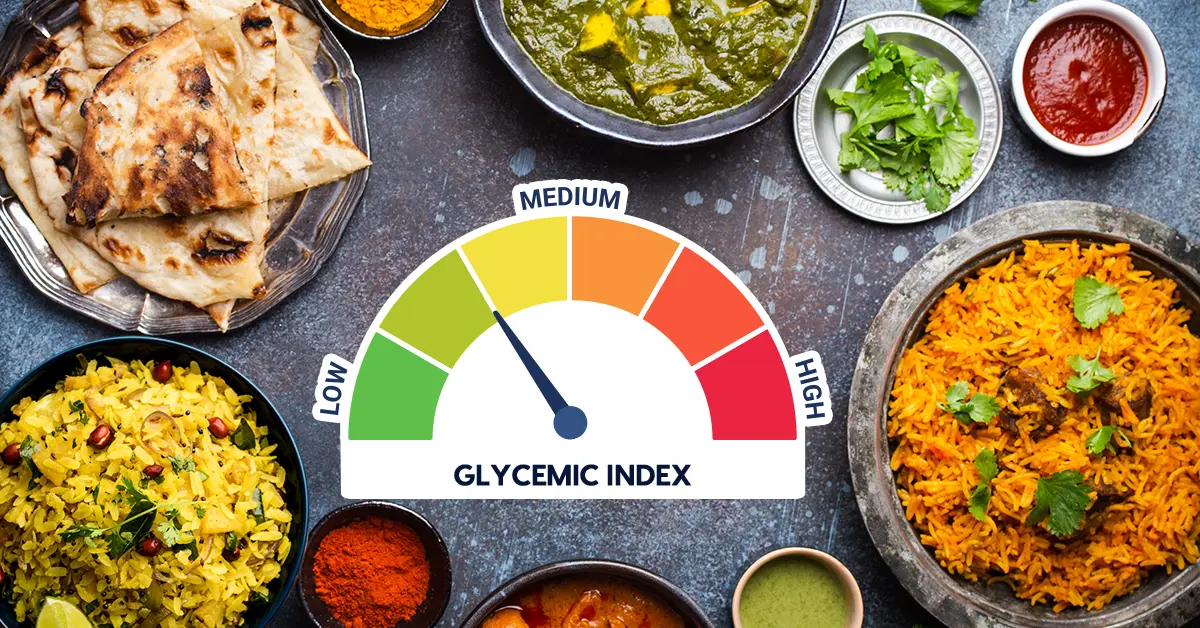
Rekha, a 42-year-old teacher, loves her morning poha and weekend biryani, but she struggles to keep her blood sugar levels under control. Like many others managing diabetes, Rekha often wonders why her sugar levels spike even when she eats what seems like a “healthy” meal.
The key lies in understanding how different foods affect blood sugar levels. Some foods release energy slowly and keep you steady, while others cause sharp spikes.
In this blog, we’ll help you better understand the Glycemic Index (GI) concept and provide a detailed breakdown of 34 common Indian foods to help you make smarter, more balanced choices for better diabetes management.
What Is the Glycemic Index?
The Glycemic Index (GI) is a scale that tells us how quickly a food raises blood sugar levels. Foods are ranked on a scale of 0 to 100:
| Glycemic Index (GI) Category | GI Range | Effect on Blood Sugar |
| Low GI | 55 or less | Digests slowly and causes a steady rise in blood sugar. |
| Medium GI | 56–69 | Causes a moderate increase in blood sugar. |
| High GI | 70 or more | Digests quickly and leads to a sharp spike in blood sugar levels. |
Why Is Knowing a Food’s Glycemic Index Important for People with Diabetes?
Managing diabetes gets easier when you understand how the food you eat affects your blood sugar. The Glycemic Index (GI) is a tool that helps with this by showing how quickly a food can raise your blood sugar levels. Here’s why it’s important:
1. Keeps Blood Sugar Levels Steady
High-GI foods like white rice or sugar can cause blood sugar to rise quickly, while low-GI foods like lentils, vegetables, and whole grains release energy slowly. Choosing more low-GI foods helps keep your sugar levels steady and your energy balanced throughout the day.
2. Makes Meal Planning Easier
Knowing the GI helps you combine foods in a way that slows digestion and avoids sugar spikes. For example, pairing rice with dal or adding vegetables to your chapati meal makes it healthier. Switching from white bread to whole-grain bread is another simple way to lower the impact on your blood sugar.
3. Helps You Avoid Mistakes
Not everything with a low GI is healthy. For example, fried snacks or chocolate may have a low GI but are loaded with unhealthy fats and calories. On the other hand, a high-GI food like watermelon is fine in small amounts. Knowing the GI helps you make smarter choices without falling for common traps.
4. Makes Snacks Healthier
Snacks are where people often slip up. Instead of biscuits or sugary treats, you can choose low-GI options like roasted chana, nuts, or fruits like guava and apples. These keep you full for longer and prevent sudden sugar spikes.
5. Helps with Balanced Meals
Most of our meals are a mix of carbs, proteins, and fats. Adding low-GI foods like sabzi, dal, or healthy fats (like nuts) to your meal can balance out the effect of higher-GI items. For instance, eating chapati with dal and veggies is much better for your blood sugar than chapati alone.
6. Reduces Long-Term Risks
Sticking to low-GI foods can lower your risk of long-term complications like weight gain, heart disease, and insulin resistance. It’s a simple way to keep your blood sugar in check and stay healthier over time.
To know your chances of Diabetes reversal, take the Diabetes Reversal TestDiabetes Reversal
Calculator
Glycemic Index Chart of Indian Foods
We have compiled a list of 34 Indian food and their glycemic index, which is given in the latest Dietary Guidelines by the National Institute of Nutrition (NIN), India:
| Sr No | Name of the foods | Glycemic Index (GI) |
| 1 | White Peas Sundal | 18–30 |
| 2 | Wheat + chana dhal | 23 to 41 |
| 3 | Vada sambar | 31 to 43 |
| 4 | Bengal gram | 32 to 44 |
| 5 | Wheat + chana dhal + barley | 34 to 45 |
| 6 | Mixed dhal | 37 to 51 |
| 7 | Red gram | 38 to 48 |
| 8 | Green gram | 38 to 47 |
| 9 | Masoor dhal | 39 to 46 |
| 10 | Pesarattu | 55 to 66 |
| 11 | Mysore bonda | 56 to 67 |
| 12 | Parota/Paratha | 57 to 68 |
| 13 | Chapati | 56 to 69 |
| 14 | Vegetable dosa | 58 to 70 |
| 15 | Curd rice | 59 to 71 |
| 16 | Set dosa | 60 to 72 |
| 17 | Onion rava dosa | 61 to 72 |
| 18 | Wheat chapatti | 61 to 70 |
| 19 | Idly sambar | 63 to 75 |
| 20 | Tomato rice | 63 to 75 |
| 21 | Tomato bhath | 63 to 74 |
| 22 | Boiled Brown Rice | 64–72 |
| 23 | Paneer dosa | 67 to 76 |
| 24 | Open veg paneer dosa | 65 to 77 |
| 25 | MLA dosa | 65 to 78 |
| 26 | Rava paneer dosa | 66 to 78 |
| 27 | MLA Upma pesArattu | 67 to 78 |
| 28 | Bisibelebhath | 69 to 80 |
| 29 | Vegetable biryani | 68 to 81 |
| 30 | Plain Rice | 74 to 82 |
| 31 | Lemon rice | 74 to 85 |
| 32 | Open dosa | 71 to 83 |
| 33 | Onion dosa | 74 to 86 |
| 34 | Plain dosa | 72 to 86 |
Note: Glycemic Index (GI) values can change depending on the ingredients used, portion size, and cooking methods. Therefore, a range is provided to account for these variations.
MLA Dosa and MLA Upma are popular dishes originating in South Indian cuisine, particularly in Karnataka and Andhra Pradesh. They are so-called because they were traditionally served in the Members of the Legislative Assembly (MLA) canteens, where they gained popularity.
What are the Benefits of Low Glycemic Index (GI) Diets?
Research shows that eating foods with a low glycemic index (GI) offers several health benefits, particularly for managing diabetes, weight, and heart health. Here’s how:
1. Improved Blood Sugar Control
- Low-GI foods release sugar slowly into the blood, preventing sudden spikes.
- This helps people with diabetes maintain stable blood sugar levels and reduces the risk of complications.
2. Supports Weight Loss
- Low-GI foods keep you full for longer, reducing hunger and overeating.
3. Improved Heart Health
- Low-GI foods help lower triglycerides (bad cholesterol) and improve HDL (good cholesterol).
- They also reduce inflammation and support healthy blood pressure, lowering the risk of heart disease.
4. Reduces Inflammation
- Studies link high inflammation levels to obesity, diabetes, and heart disease.
- Low-GI foods reduce inflammatory markers like C-reactive protein (CRP), improving overall health.
5. Better Insulin Sensitivity
- Insulin resistance occurs when your body struggles to use insulin properly.
- Low-GI diets improve insulin sensitivity, helping the body manage blood sugar better.
6. Lower Risk of Metabolic Syndrome
- Metabolic syndrome includes high blood sugar, unhealthy cholesterol, and excess weight.
- A low-GI diet helps reduce these risk factors, supporting better metabolic health.
7. Protects Insulin-Producing Cells
- Frequent blood sugar spikes from high-GI foods can stress insulin-producing cells in the pancreas.
- Low-GI diets reduce this stress, preserving these cells and improving long-term insulin production.
8. Helps Manage Hunger
- Low-GI foods are often rich in fiber, which slows digestion and keeps you feeling full longer.
- They also boost gut hormones that help control appetite.
REVERSED Diabetes in 3 months


5.7%
Happy members
EMI
Guarantee
4.8/5
Diabetes Prime Program
How to Use the Glycemic Index in Your Diet?
- Combine wisely: Pair high-GI foods like rice with low-GI options like dals, vegetables, or salads.
- Choose whole grains: Replace white rice or refined flour with bajra, oats, or quinoa.
- Eat in moderation: Eating in small portions decreases the glycemic load of the food, despite whatever the glycemic index is. Smaller portions are lower in calories, which helps maintain weight and blood sugar.
- Choose fresh foods: Fresh fruits (having low GI, like apples, oranges, apricots, etc.), vegetables, and whole grains have a lower GI than packaged or refined foods.
How We At Fitterfly Can Help You?
For people like Rekha and many of you, managing diabetes requires more than just knowing what to eat – it’s about weaving the right choices into daily life with a holistic, structured, and personalized approach.
At Fitterfly, we specialize in delivering exactly that. Our Fitterfly Diabetes Care Program is built to guide you and transform your lifestyle step by step. Our Nutrition Coach works with you to create meals that stabilize your blood sugar while aligning with your tastes and cultural preferences.
The Fitness Coach designs an exercise plan tailored to your daily routine, helping you enhance insulin sensitivity and improve overall health. Complementing this, our Success Coach supports you in tackling stress and building habits that stick, ensuring you stay motivated and consistent.
With our expertise, we don’t just give you tools – we help you master them. The result is a comprehensive plan that fits seamlessly into your life, making it easier to achieve long-term control over diabetes. Join the thousands who have transformed their health with Fitterfly. Take the first step today – call us at 08068507599 and let’s begin this journey together.
This blog provides general information for educational and informational purposes only and shouldn't be seen as professional advice.
Frequently Asked Questions
What is a Low GI Diet?
A Low GI Diet includes foods with a GI of 55 or less. These foods digest slowly, helping keep blood sugar levels steady.
What are the benefits of having a diet rich in low glycemic index food?
Low-GI foods improve blood sugar control, keep you full for longer, provide steady energy, and lower the risk of diabetes complications.
What are the best low glycemic index foods?
Foods like lentils, rajma, chana, bajra, oats, mixed grain chapati or missi roti, apples, guava, and leafy vegetables are great low-GI options.
What are zero glycemic foods?
Zero glycemic foods contain no carbohydrates and do not affect blood sugar levels. Examples include water, meat, fish, eggs, leafy greens, vegetables like spinach, lettuce, etc.
How can I calculate the glycemic index of packaged food?
The Glycemic Index (GI) of packaged food is usually not listed on the nutrition label. To estimate the GI, you can search for the GI value of similar foods. The GI value indicates how quickly a food raises blood sugar compared to pure glucose. For more accurate information, you may need to consult specific databases or scientific studies that list the GI of foods.
How can I include low glycemic index food in my diet?
Replace white rice with brown rice or missi roti. Add dals, vegetables, and salads to every meal to slow down digestion. Snack on roasted chana, nuts, or seeds instead of fried snacks. Choose fruits like apples, guava, or pears over sugary treats. Prefer whole grains like oats or quinoa over refined flour products.










